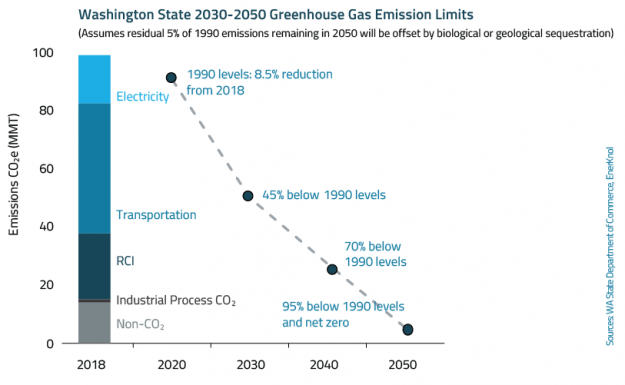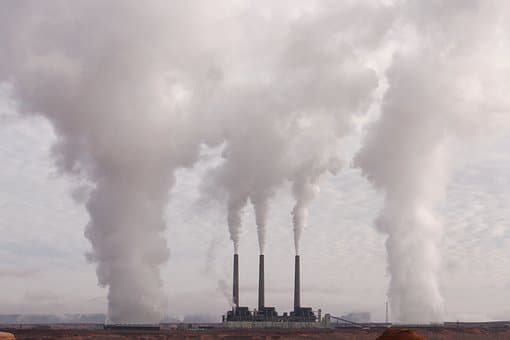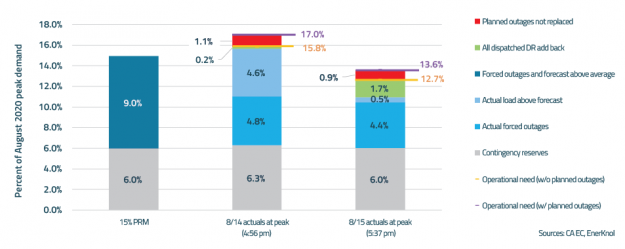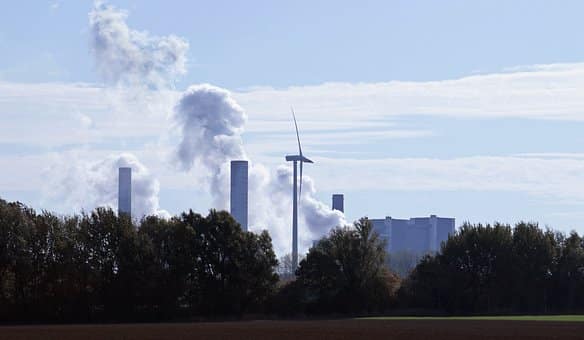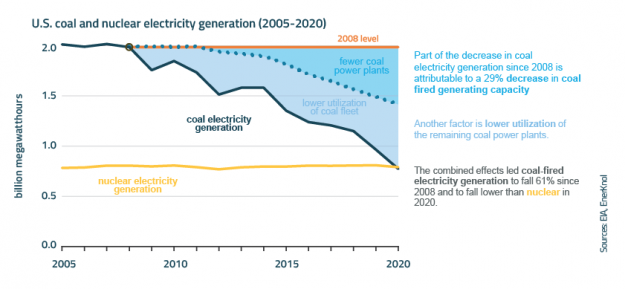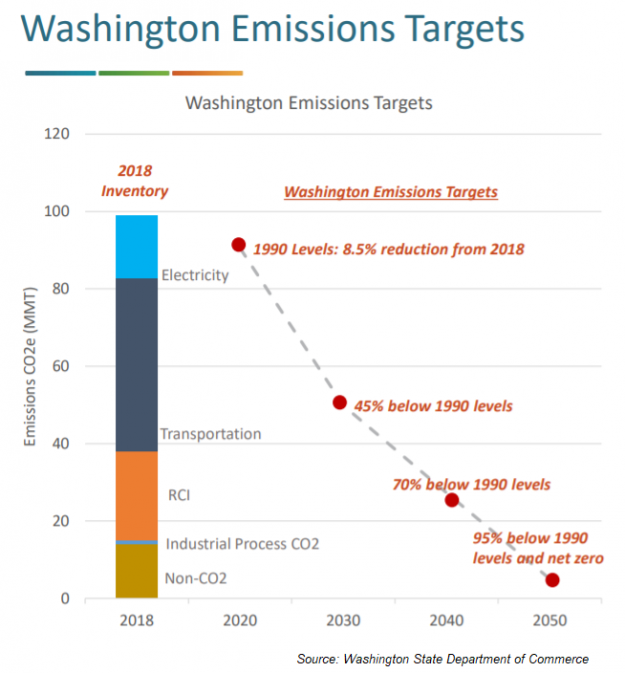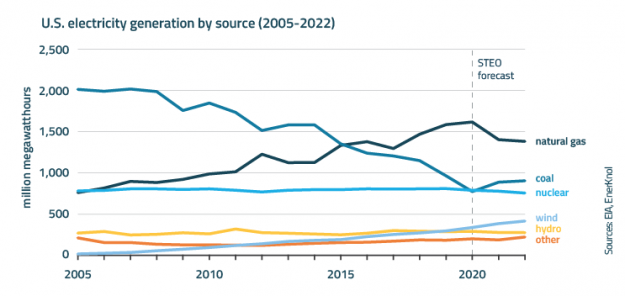Visual Primer: Preserving Existing Nuclear Generation Fleet Expected to Help Drive Clean Energy Transition
Options to sustain the existing nuclear generation fleet have resurfaced as states reevaluate their resource portfolios to expedite the transition to carbon-free energy. Policy support for the resource emerged as a means to stave off plant closures in the face of economic challenges, by rewarding its fuel diversity and zero-carbon attributes.


